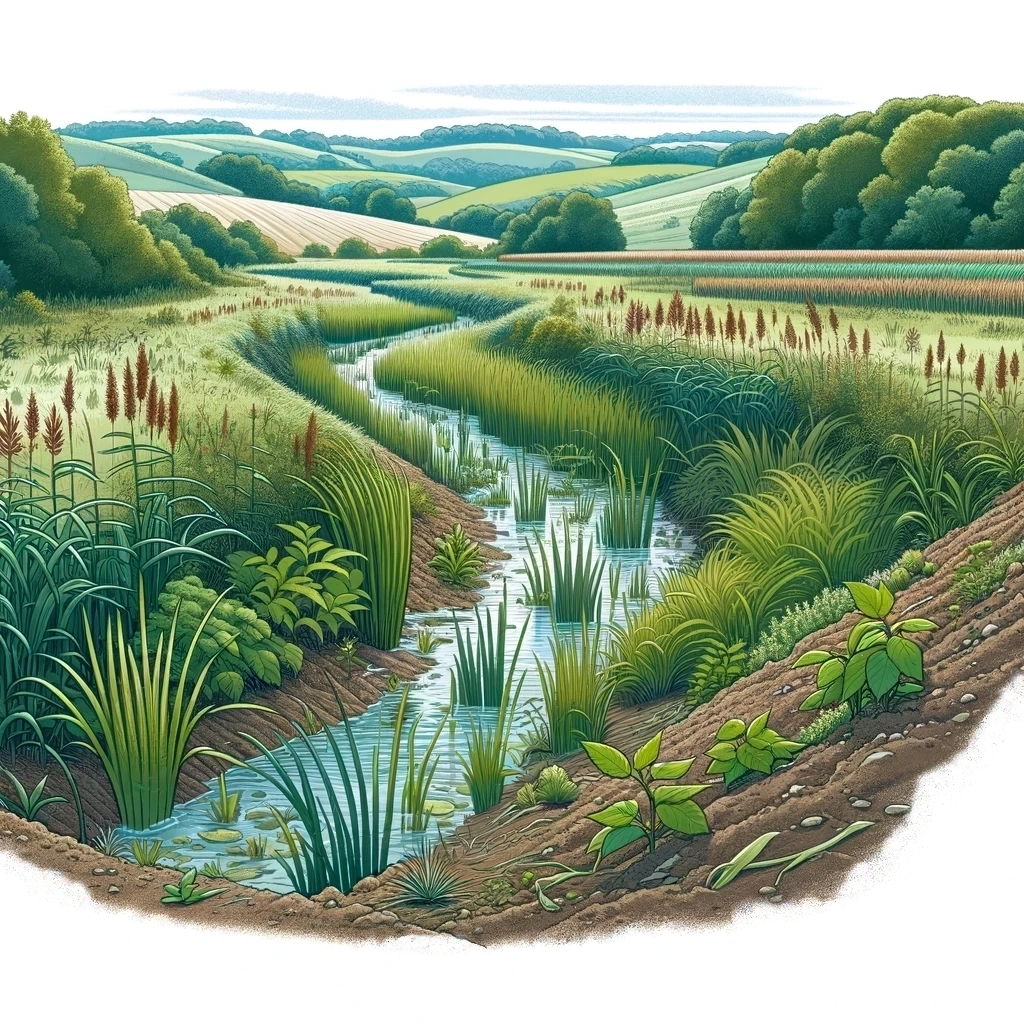Our streams are threatened by the amount of impervious surfaces that cause stormwater to rush all at once to scour, erode and pollute our streams and reduce biodiversity of insects, fish and birds. This process can be combated by:
1) Holding back the stormwater with wetlands, green infrastructures (bioswales, raingardens, green rooves, permeable surfaces), and detention ponds is effective, but it requires participation by public, commercial and private landowners to be successful.
2) Restoring and stabilizing stream banks and stream beds. Heavy boulders and concrete can help reduce erosion and slow the flow, while providing flood plain areas and planting trees along banks is a more natural remedy to reduce the energy and erosive force of storm flows.
3) Separating stormwater pipes from sewer pipes. Stormwater often shares pipes with sewage, and causes unsanitary overflows during rainstorms. Diverting stormwater from sewer pipes greatly improves this problem, but this is a very big job in older cities like Cincinnati. Other pollutants from point sources remain and can sometimes be tracked down, while road salt, laundry whiteners and
The Mill Creek Alliance works to restore the Mill Creek, and they promote recreation and education through several events annually. UC Field Center Interns frequently partner with the Mill Creek Alliance to assess habitat quality and biodiversity before or after restoration projects.
Rivers Unlimited Restores and maintains Ohio’s Rivers, and conducts monthly water quality surveys of the Great Miami and Whitewater River watersheds at the UC Center for Field Studies.
The Greater Cincinnati Metropolitan Sewer District is a public utility that uses your water and sewer dollars to fix combined sewer problem and create green infrastructures and green spaces around Cincinnati.
Great Parks and Cincinnati Parks both manage land and headwater streams so as to reduce stormflow, restore forests , prairies and streams, and promote biodiversity.
The UC Field Center Interns help these and other partners to measure biodiversity and restore habitat.
Other links:





